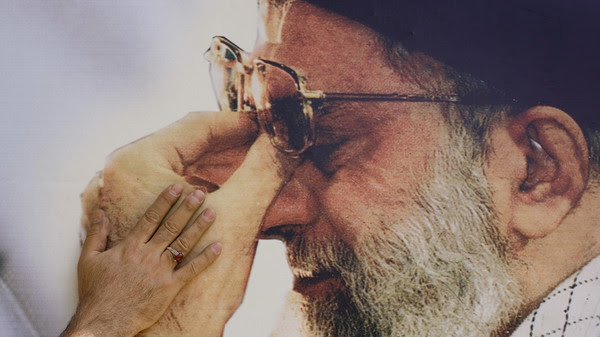
Iran’s supreme leader revealed Tuesday that it ultimately wants 190,000 nuclear centrifuges — a figure he said was 19 times higher than world powers want to allow under a deal being discussed in Vienna.
The comments, published on Ayatollah Ali Khamenei’s website on Tuesday, represent a dramatic intervention in the nuclear negotiations between Iran and the P5+1 group of Britain, China, France, Russia and the United States, plus Germany.
The talks have been taking place behind closed doors and Khamenei’s remarks are the most open declaration yet of Iran’s demands.
“Their aim is that we accept a capacity of 10,000 separative work units, which is equivalent to 10,000 centrifuges of the older type that we already have,” the supreme leader said, referring to the machines used in uranium enrichment.
“Our officials say we need 190,000. Perhaps not today, but in two to five years that is the country’s absolute need,” Khamenei, who has the final word on all matters of state, was quoted as saying.
Uranium enrichment can produce fuel for nuclear power stations or, in highly extended form, the core of an atomic bomb. The process is the most sensitive matter in the negotiations between Iran and the P5+1.
According to American media reports, the United States may accept Iran having between 2,000 and 4,000 centrifuges.
French Foreign Minister Laurent Fabius said last month that Iran could retain “several hundred centrifuges” but he said the Iranians were asking for “hundreds of thousands.”
The accord being sought by the P5+1 aims to finally allay international concerns about Iran’s nuclear ambitions and silence talk of possible military action.
In exchange, punishing Western sanctions on the Islamic republic would be lifted.
With Sunni Arab insurgents overrunning large parts of Iraq, and Syria in chaos from civil war, a deal could help Tehran and the West normalize relations at a particularly explosive time in the Middle East.
But the huge gap over the number of centrifuges Iran would ultimately be permitted to operate under a peaceful nuclear energy program lies at the heart of a tricky path to a lasting deal.
Iran’s Foreign Minister Mohammad Javad Zarif, in a video message last week, described the talks as a “unique opportunity to make history”, saying success would allow both sides to address “common challenges” such as Iraq.
But with major differences still apparent after five rounds of talks, Zarif told French newspaper Le Monde that some among the P5+1 were suffering from “illusions”.
The talks have been aiming to secure a deal by a July 20 target date when an interim deal struck last November expires.
The six powers want Iran to drastically reduce its nuclear activities to render any drive for a weapons capability all but impossible.
This would include Iran slashing its capacity to enrich uranium, a process that puts centrifuges center stage.
Iran insists it has made too many advances in uranium enrichment to turn the clock back and that it needs to expand its program in order to fuel a future wave of power stations.
The July 20 deadline could potentially be extended by up to six months, and many analysts believe this is already being negotiated.
But U.S. President Barack Obama, facing midterm elections in November, is wary of doing anything that could be construed by his Republican opponents as giving Iran more time to get closer to having the bomb.
This is the longstanding accusation of Israel, the Middle East’s sole if undeclared nuclear-armed state.








